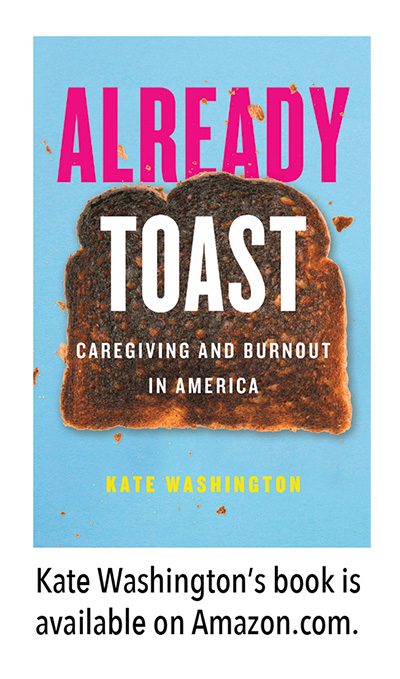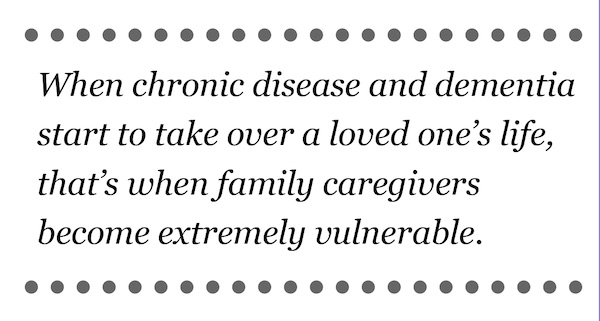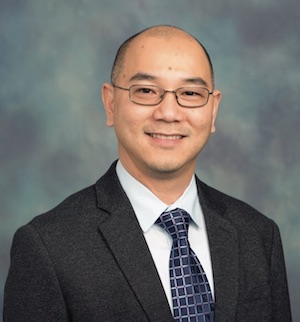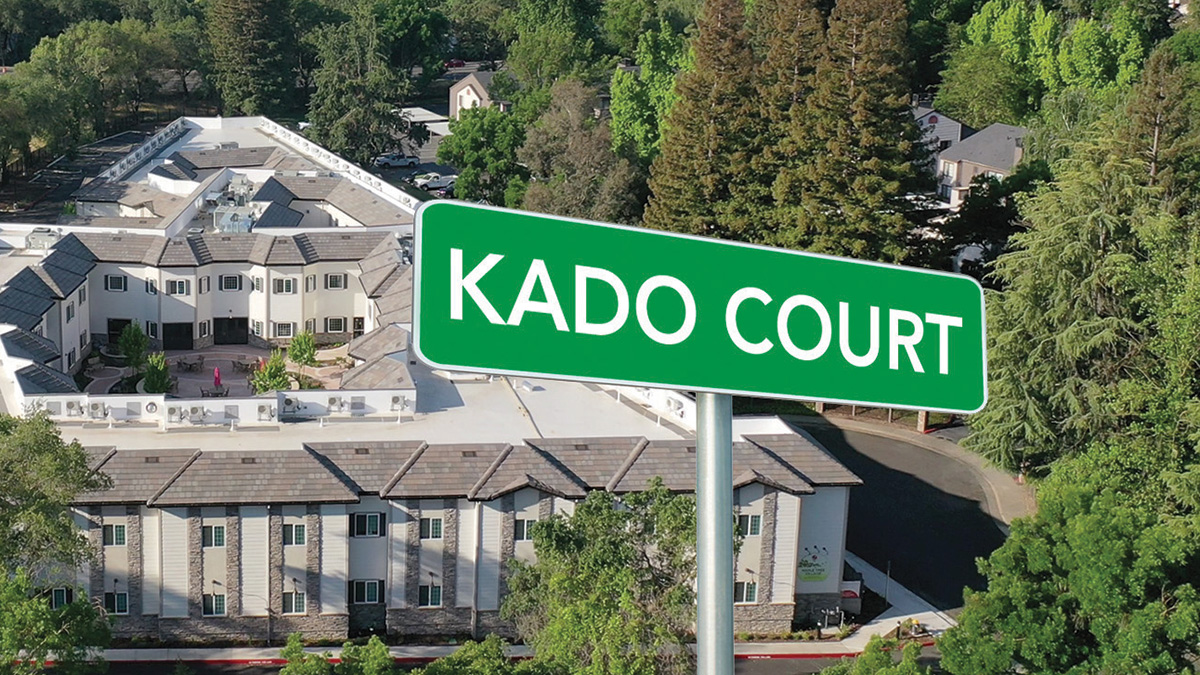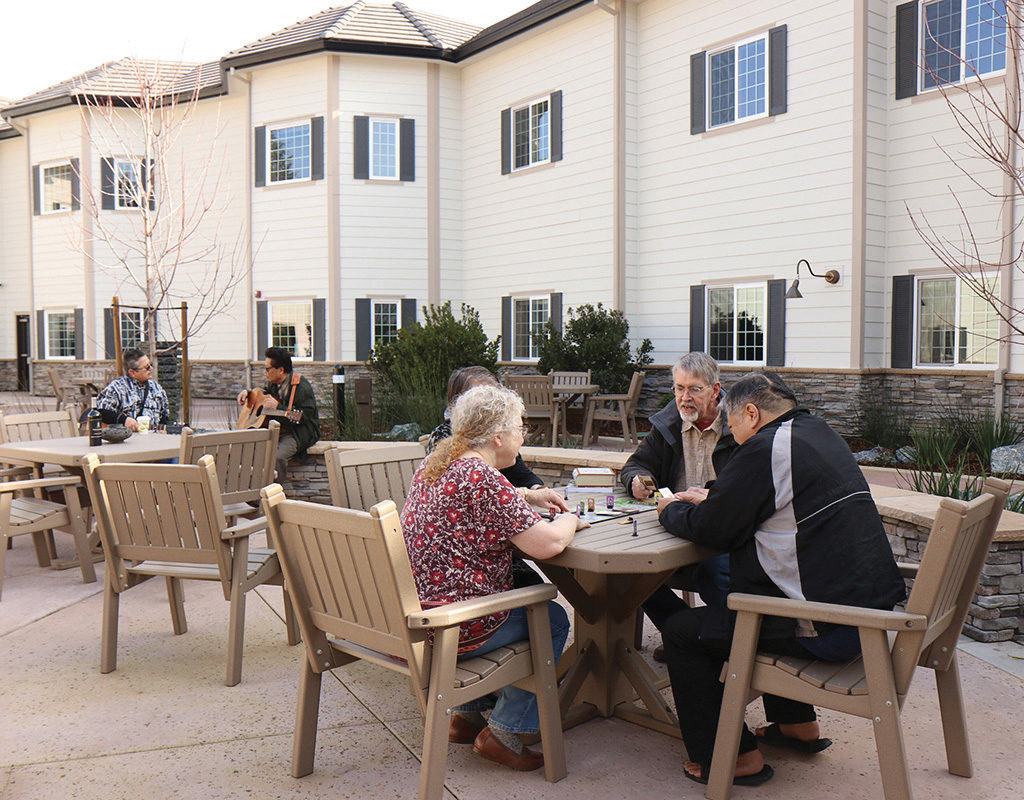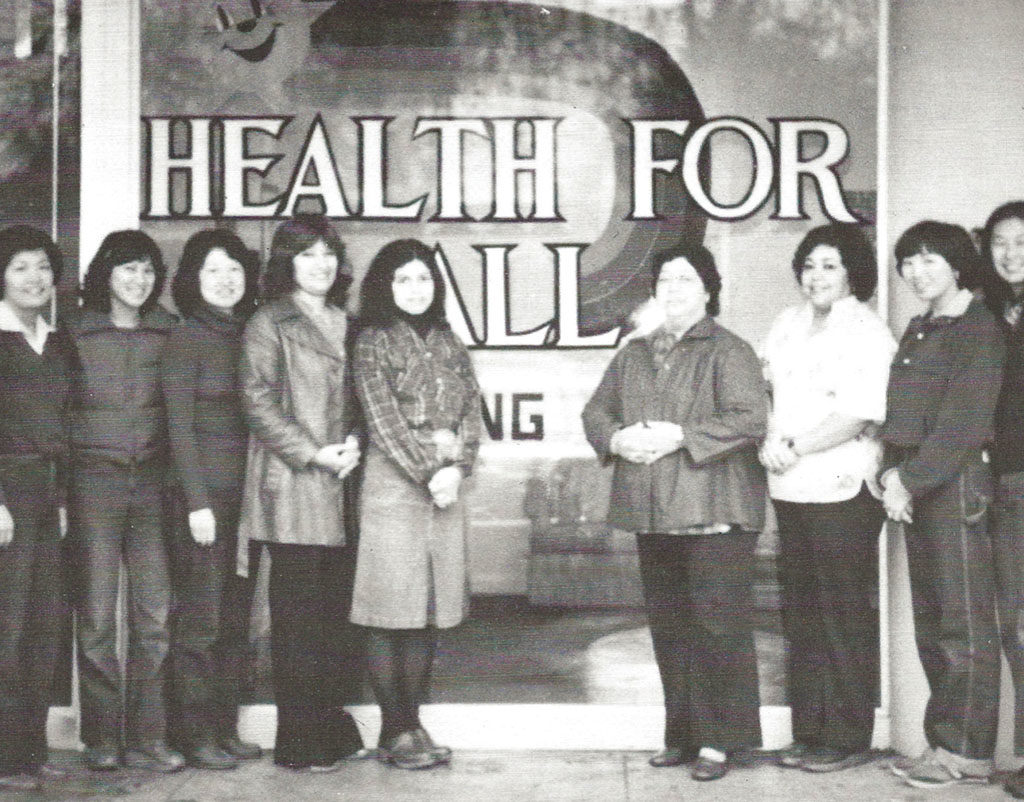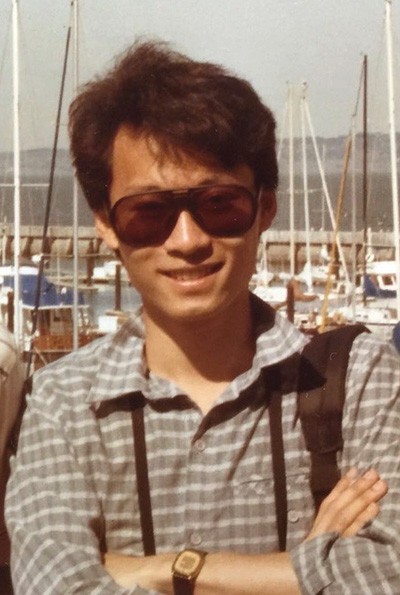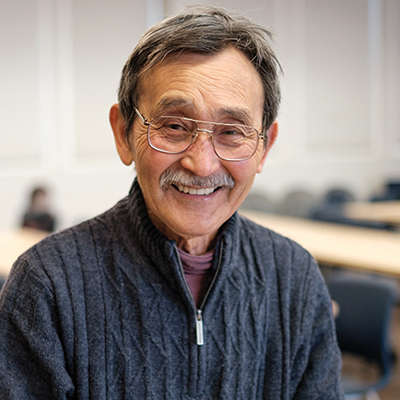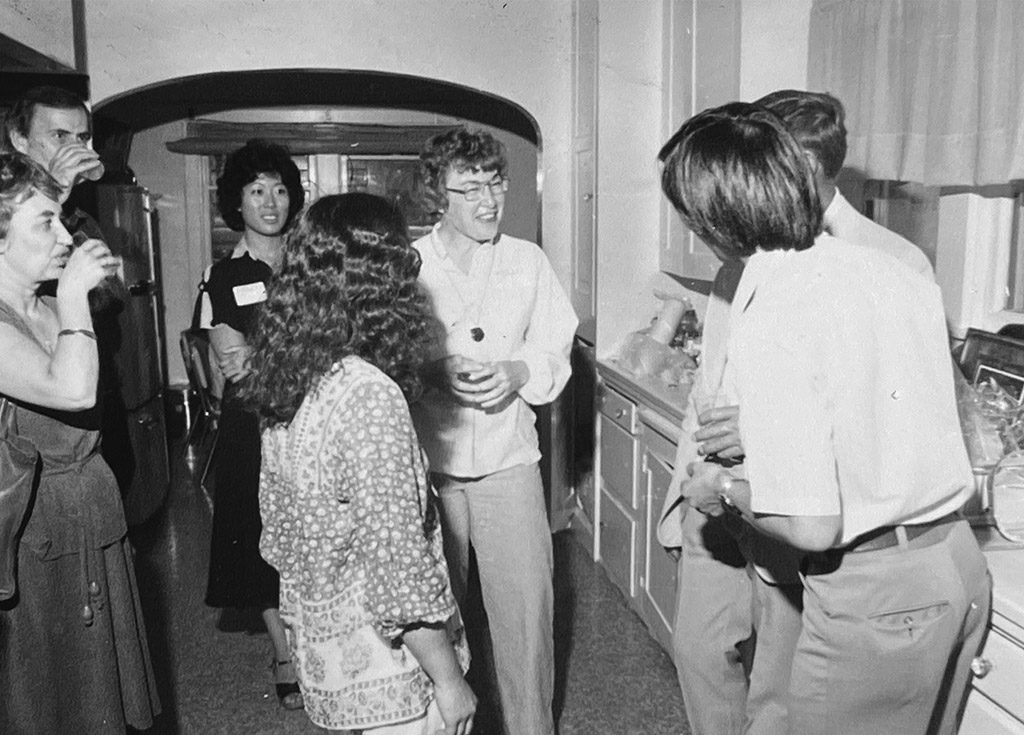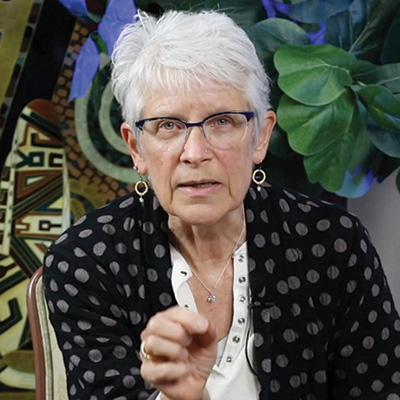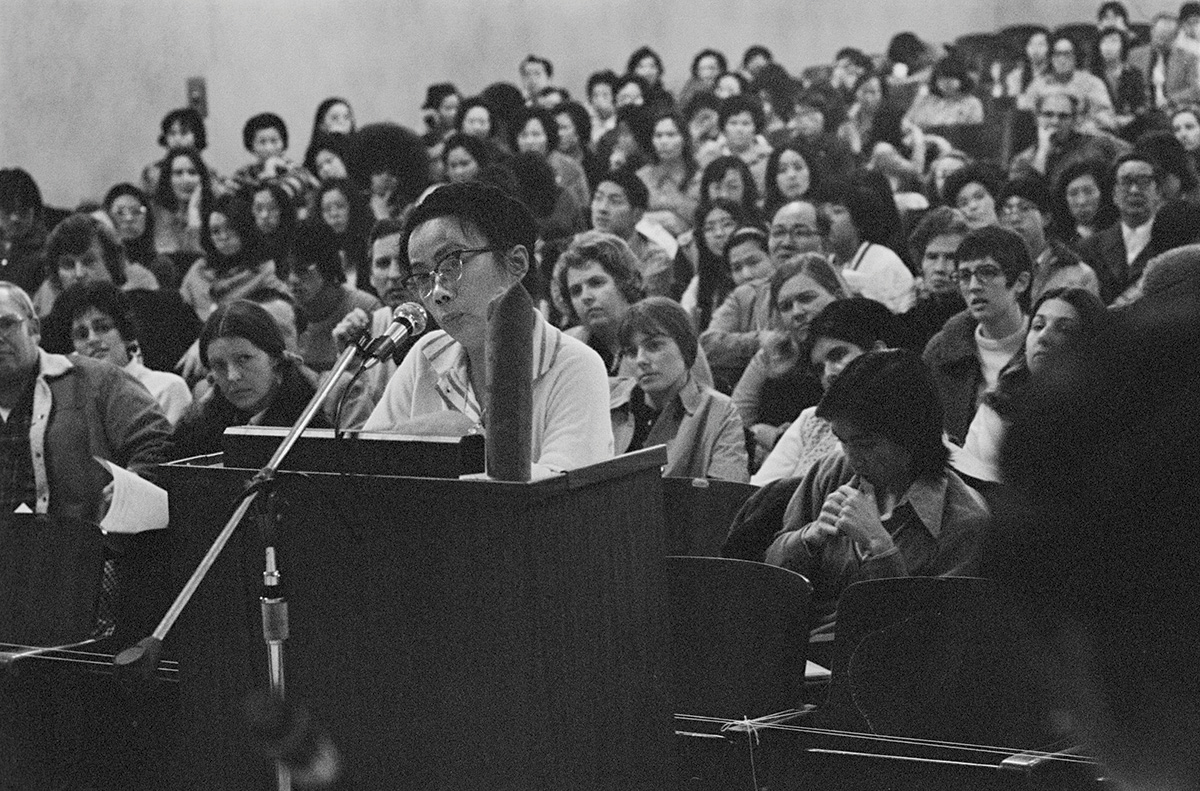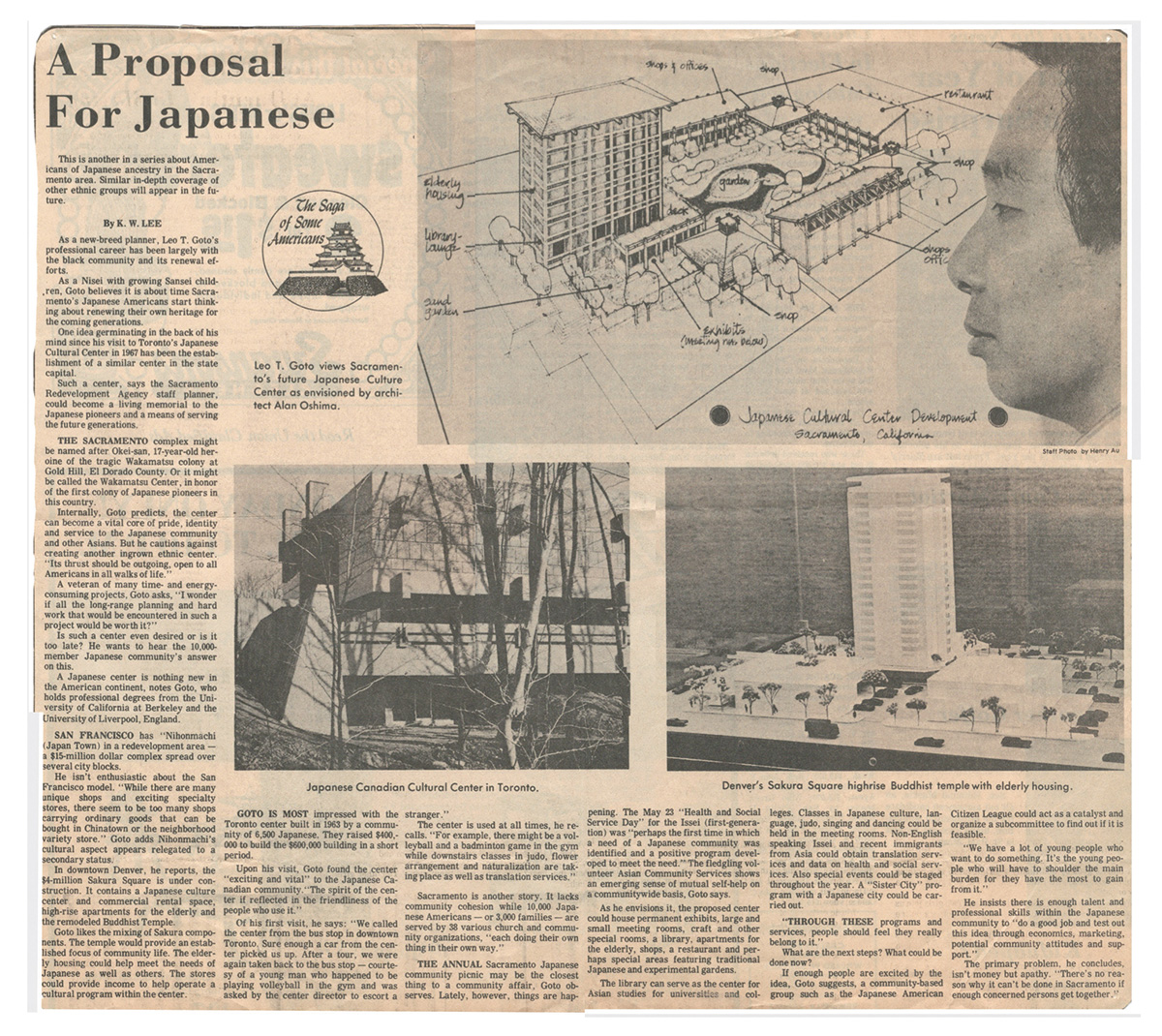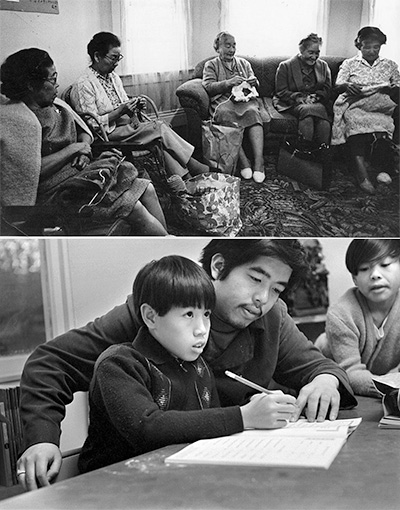A 50th birthday deserves more than one day of celebration, which is why ACC Senior Services is celebrating with multiple events. ACC will start with “Big Day” lead-in events throughout April and cap this off with the “Big Days of Giving,” a two-day telethon on May 4th and May 5th. The celebration features a mix of pre-pandemic favorites and exciting virtual programming for new and existing supporters alike.
The Big Day of Giving (BDOG) is the 24-hour online giving marathon for regional nonprofits that has made a profound difference since its inception in 2013. The $7.2 million raised across Sacramento last year helped shine a bright spotlight on more than six hundred charitable organizations.
ACC is one of these charitable organizations! Last year’s BDOG telethon raised $210,000 – more than double the $100,000 goal – and gave crucial support to our COVID safety measures and operations. In addition to careful safety measures at our three residential facilities and in-person programs like Rides, the Big Day of Giving funds allowed the Lifelong Learning and Wellness Program to pivot to online programming to reach our community at home. This pivot provided and helped expand services to older adults while classes were closed at the ACC campus. It also showcased ACC’s services to people who did not know about ACC. The online classes, workshops, and support groups have become so popular that they will be a lasting part of ACC’s Lifelong Learning and Wellness Program.
In addition, ACC Care Center’s COVID response and vaccination rates also earned U.S. News and World Report’s national Best Nursing Homes rating. This would not have been possible without the safety measures funded by the Big Day of Giving.
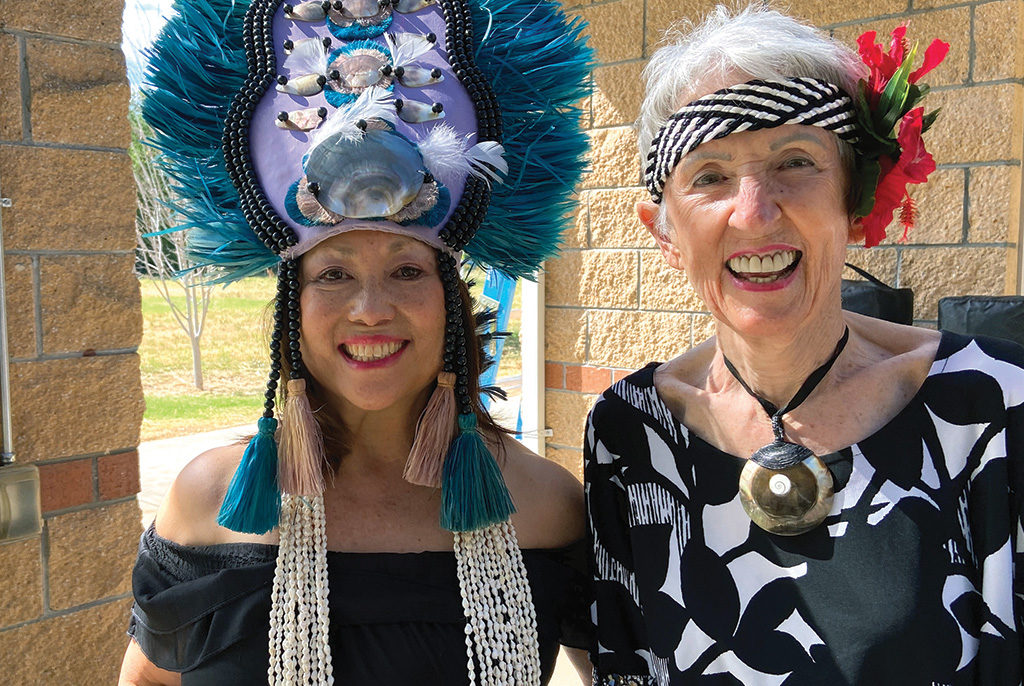
What the Big Day of Giving Means This Year
“Care” took on new layers of meaning during the pandemic and is the heart of what this year’s Big Day of Giving donations will fund. Older adults whom we protected with lockdowns need extra care and support even if they live independently. Our 50th anniversary goals focus on older adult’s individual needs with ACC offering a new Care Navigator Program, Options Counseling, and Senior Escort programs; as well as expanded services with Rides, Lifelong Learning and Wellness Program (LLWP), the Senior Community Service Employment Program (SCSEP), and activities for the residents in our facilities.
The new programs are part of a larger “No Wrong Door” initiative that helps identify and meet an older adult’s needs in full, not just in the first program they encounter. Care navigators and options counseling help older adults navigate health and social services from understanding the best options to enrollment assistance and referrals. Senior escort volunteers who are also trained in bystander intervention offer exercise, companionship, support, and most of all safety for older adults during public outings. These programs, combined with Rides expanding Saturday group outings for ACC senior living facility residents and same-day service scheduling, further our Community of Caring through more options
Our expanding programs, meanwhile, stand on our conviction that growth, development, and education aren’t just for the young. Both LLWP and SCSEP empower clients through skill-building and our expanded classes are in direct response to participant feedback. Clients at home have loved searing, frying, or stirring along with live cooking demonstrations, while SCSEP’s job-seeking participants have needed more technological literacy to work or seek employment during lockdown.
“What strikes me most about ACC is its mission has always been the community’s needs,” said Marketing and Development Director Kala Haley-Clark. “Before I was even born our founders were building programs and services around our clients’ needs. That focus stays with us today, and it’s the reason I am so proud to be part of this incredible organization.”
Why Support ACC for the Big Day of Giving?
The Big Day of Giving is special in that donors aren’t just supporting organizations they love, but helping new donors take notice. BDOG donors and nonprofits alike love watching the leaderboard to see which organizations climb to the top – and learn more about what those leading organizations stand for. Your donation to ACC’s Big Day of Giving campaign lights the way for donors across the Sacramento region to learn about our programs, be part of our impacts, and share our story with others.
In short, you demonstrate what our Community of Caring stands for when you support our Big Day of Giving campaign.
How You Can Help
There are several ways to support ACC Senior Services for Giving.
Donate to ACC. Note on your check or online donation that you want your gift to support our Big Day of Giving campaign, and we will add your gift to our total.
Donate to ACC through the Big Day of Giving website. You can find us at bigdayofgiving.org/accseniorservices where you can donate or create your own fundraising page to share with friends. You can schedule your gift as early as April 21st, or you can donate on the Big Day of Giving to watch us climb the leaderboard!
Share our story. Our community is the reason we get to celebrate our 50th anniversary. Help us ensure the next 50 years by helping us build that community bigger and stronger.
Join our Big Day of Giving events. A birthday isn’t really a birthday without a party. We hope to see you at our wonderful lead-in events and two-day telethon!
Give yourself a hand. You are the heart of our success, and you should be proud!



